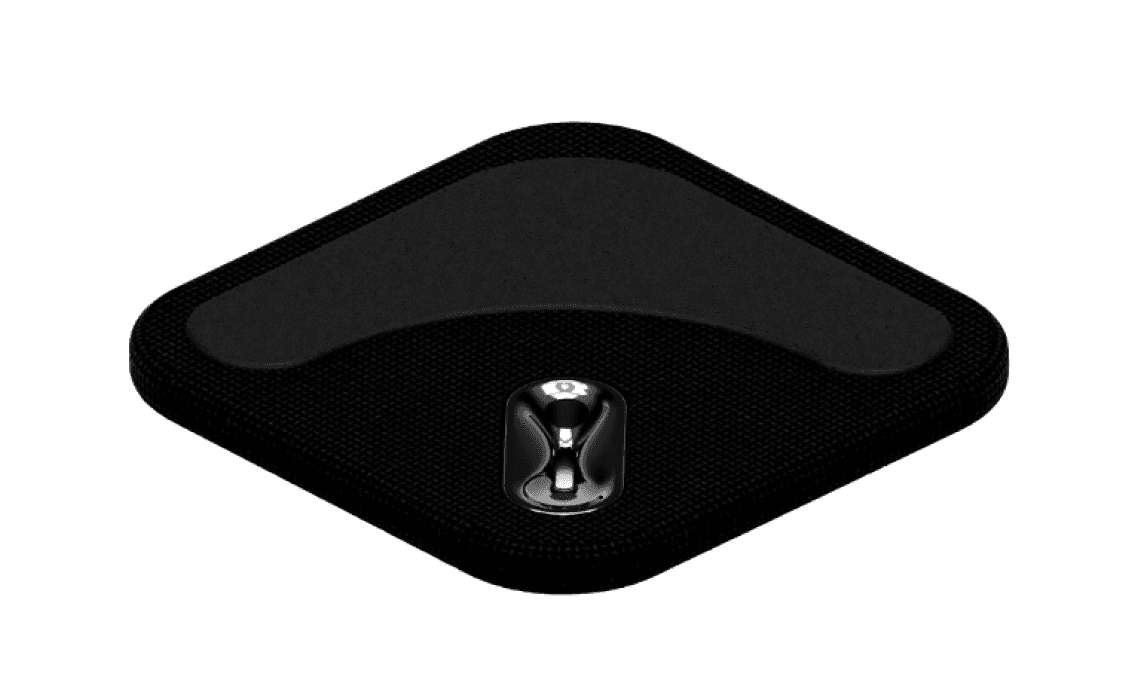Womp: The Silent Alarm
A smart, haptic alarm clock for personalized, uninterrupted sleep
Role
Co-founder
Industry
Health & Wellness + Electronics
Duration
5 days
The Solution
womp is smarter, softer (on your ears), and tougher (on your habits).
Its tiered vibration system starts small and intensifies until you're out of bed. Using sleep-cycle tracking, womp wakes you at the perfect moment to feel refreshed and ready. Still not up? womp doesn't just buzz louder -> it texts a friend to hold you accountable (hello social pressure) -> studies say that having a specific accountability partner increases the likelihood of achieving a goal by 95% (USAID). Plus, it tracks environmental factors like room temperature, humidity, and movement, giving you personalized recommendations to improve your sleep.
Our USP isn't just about waking you up; it's about improving your entire sleep-to-wake experience.
Market
womp is made for the chronically snooze-prone. College students (18-25) are at the core of its audience -> those late-night crammers who still need to make it to that 8:00 a.m. lecture. Secondary markets include young professionals who value tech-driven solutions for productivity and wellness enthusiasts looking to optimize their sleep.
The wellness and smart home industries are rapidly growing. The global wellness economy reached $6.3T in 2023 and is projected to grow to nearly $9.0T by 2028 (Global Wellness Institute). Similarly, the global smart home market was valued at $79.16B in 2022 and has a CAGR of 27.07% from 2023 to 2030 (Grand View Research).
Other projects
Knox: Conversational, Actionable SMS
Helping businesses engage customers through personalized SMS communication
Genomix: Personalize Every Prescription
Empowering doctors with holistic, genomic patient insights for prescribing
Cove: Keep Valuables Close
A crossbody bag/suitcase attachment, keeping pocket-sized items accessible
Reminisce: Senior Gaming (LOIs: $250)
Enhancing Senior Lives with Personalized, Cogntive Games
Creative Impact @ Science Inc.
Crafting Bold Content to Engage a Young, Eco-Conscious Audience










